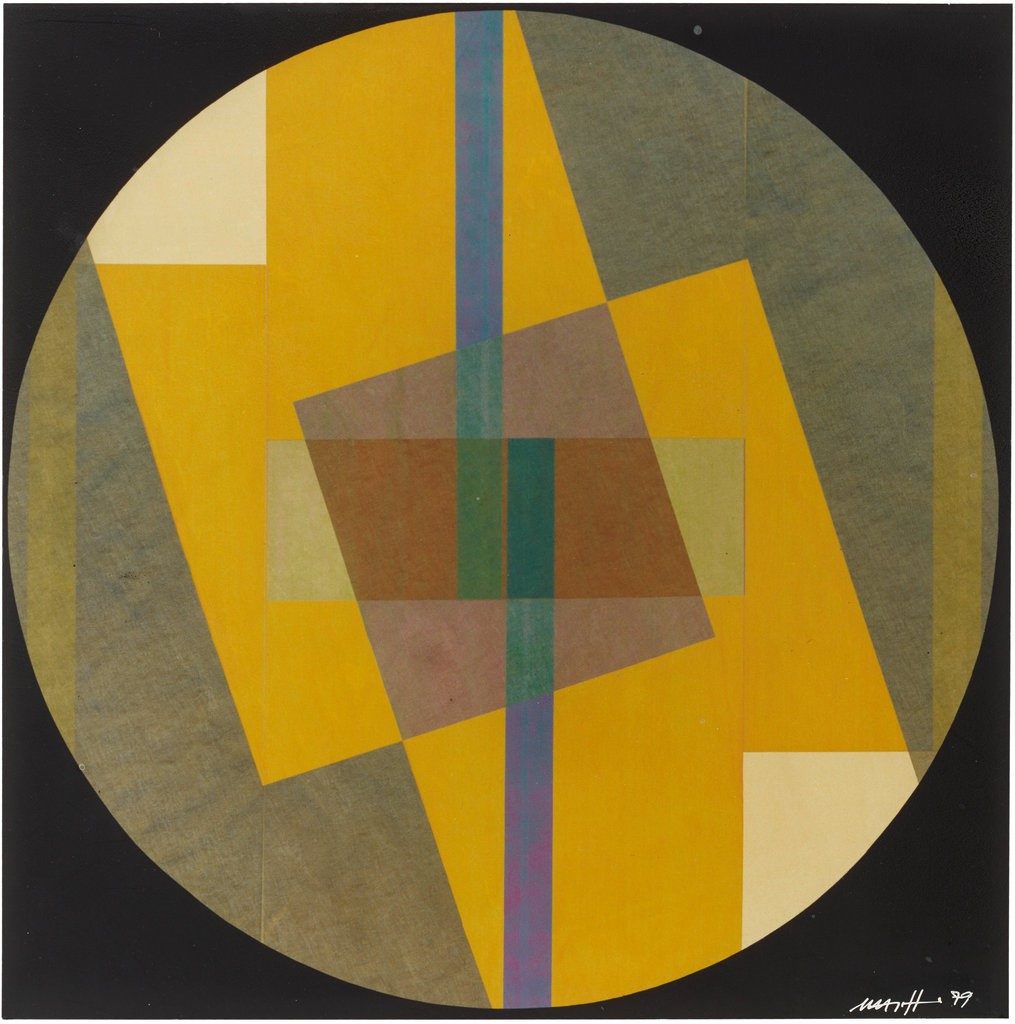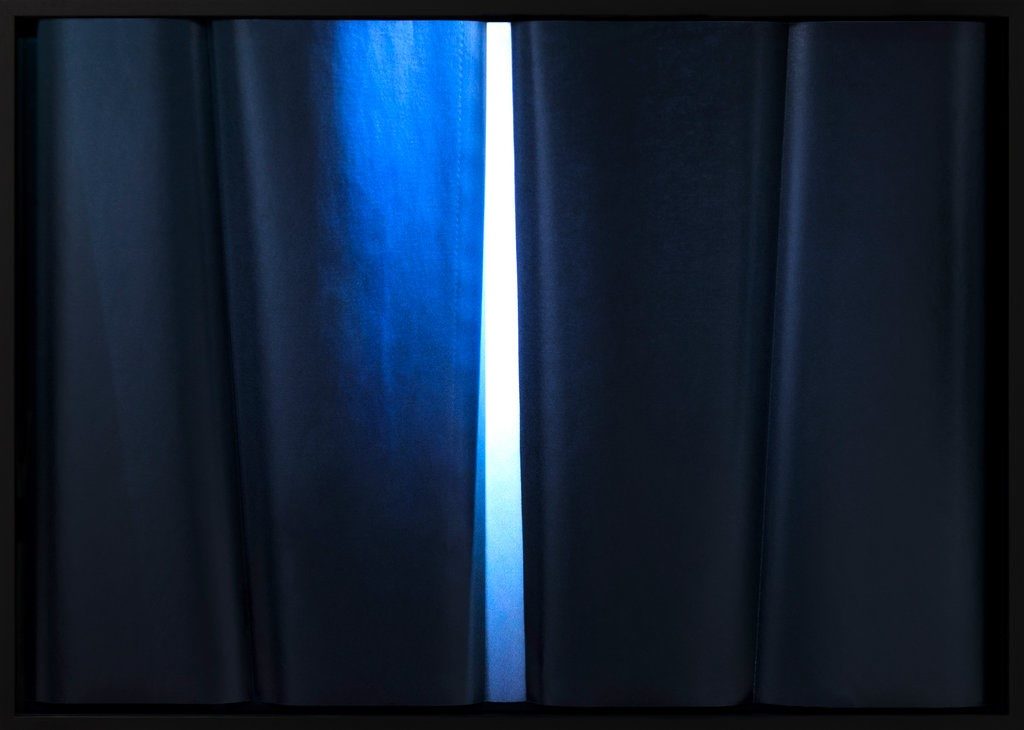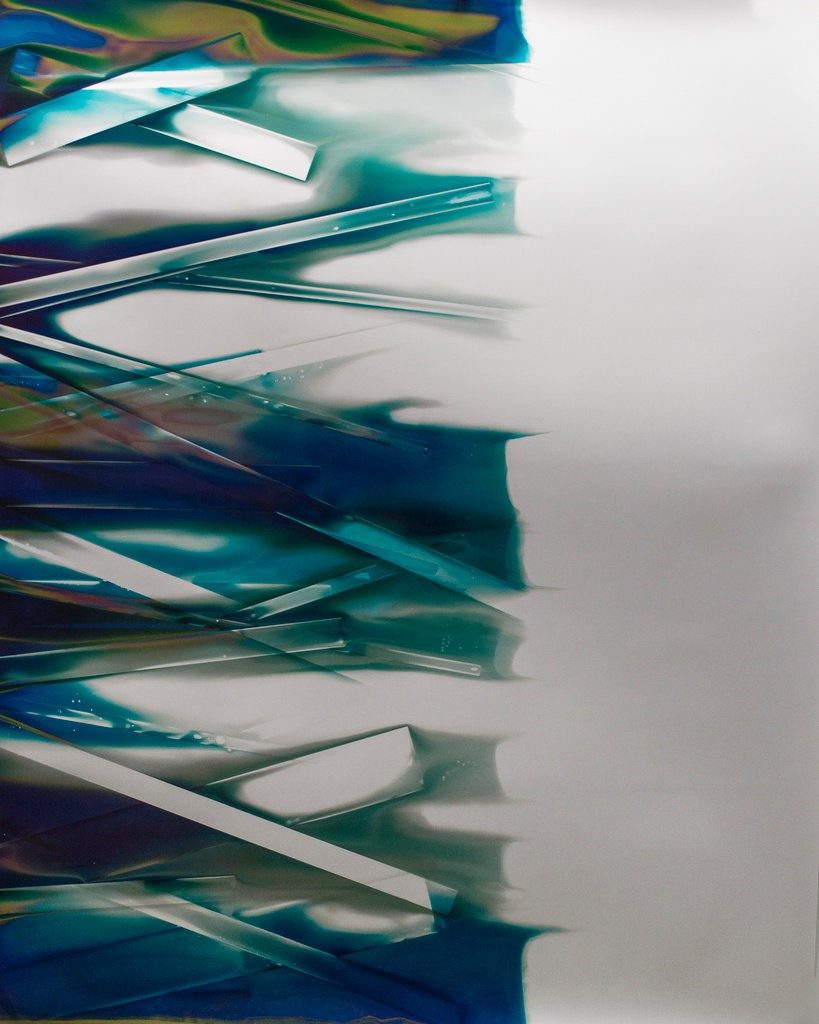A Goethe-Inspired Photography Exhibition Explores the Mysticism of Light


Artnet Gallery Network

In 1832, in the final throes of heart failure, the poet and scholar Johann Wolfgang von Goethe spoke his last two words: “Mehr Licht!” or “More light!”
For a man who devoted much of his life to exploring the divinity of light, perhaps those words were a final statement on the merits of faith and spirituality. Maybe he meant the command as a Universalist metaphor for spiritual enlightenment. Some speculate that he was merely calling to his housekeeper to open the shades.
Adopting this credo as its title, Berlin-based Galerie Kornfeld presents a group exhibition of eight international photographers whose abstract aesthetics and experimental techniques channel Goethe’s own fascination with the mysticism of light.

Shirine Gill’s Light Abstraction (2009). Image courtesy of Galerie Kornfeld.
Goethe, clinging to the dogmas of the Enlightenment, believed that light was a metaphysical phenomenon. And though he passed away before the arrival of photography, he did not support the scientific impulses that led to its creation. In a letter he wrote to Friedrich Schiller in 1800 (which is sited in Galerie Kornfeld’s press release for the show), Goethe yearned for the time when “people only wanted to feel the moon,” rather than measuring and analyzing it.
Likewise, the artists included in “Mehr Licht!” aren’t as interested in controlling or capturing light as they are in creating a space for light to exist naturally—even chaotically—and recording the results.

Stefan Heyne’s BB (2012–17). Image courtesy of Galerie Kornfeld.
Stefan Heyne, for instance, photographs abstract patches of light, completely devoid of indexical imagery and recognizable objects. His photos—if you’re able to identify them as such—seem simultaneously in and out of focus; light and color are his only real subjects. In a similar gesture, Shirine Gill shoots twirling ribbons of light, using long exposures to capture radiant ephemeral form while German photographer Hubertus Hamm photographs light bouncing off of warped and corrugated mirrors, eschewing subject and focal point.
American artist Joseph Minek employs a different tactic. Experimenting with alchemical processes in a not-always-dark darkroom, he uses the ingredients of photographic development and printing to let light record directly onto paper. Inge Dick, on the other hand, uses the integrated developmental materials of Polaroid film to explore related effects.

Marta Hoepffner’s Räumliche Strukturen Variation I (gelb) (1979). Image courtesy of Galerie Kornfeld.
Not surprisingly, given their preoccupations with material and form, the Bauhaus is a touchstone for many of these artists. Take Jan Tichy, whose work in the show nods to Lucia and László Moholy-Nagy directly. The Czech born, Chicago-based artist contributes a series of unique photograms—a technique László pioneered—with floating quadrilateral forms. Meanwhile, the work of Marta Hoepffner—who studied at the Bauhaus—looks like it was created by Moholy-Nagy himself. In a series of photograms from the 1950s and chromogenic prints from the ’70s, colorful shapes overlap in careful arrangements, evoking the early graphic design practices of Bauhaus artists, and the Constructivists before them.

Hubertus Hamm’s Untitled, No. 2 (2017). Image courtesy of Galerie Kornfeld.
In photography, light may be the artist’s paint, but “Mehr Licht!” reminds us that it is also the real subject of all photos, even when it isn’t.

Joseph Minek’s 1316_kpempp_e61dcd_rm (2017). Image courtesy of Galerie Kornfeld.
“Mehr Licht!” is on view at Galerie Kornfeld through March 10, 2018.